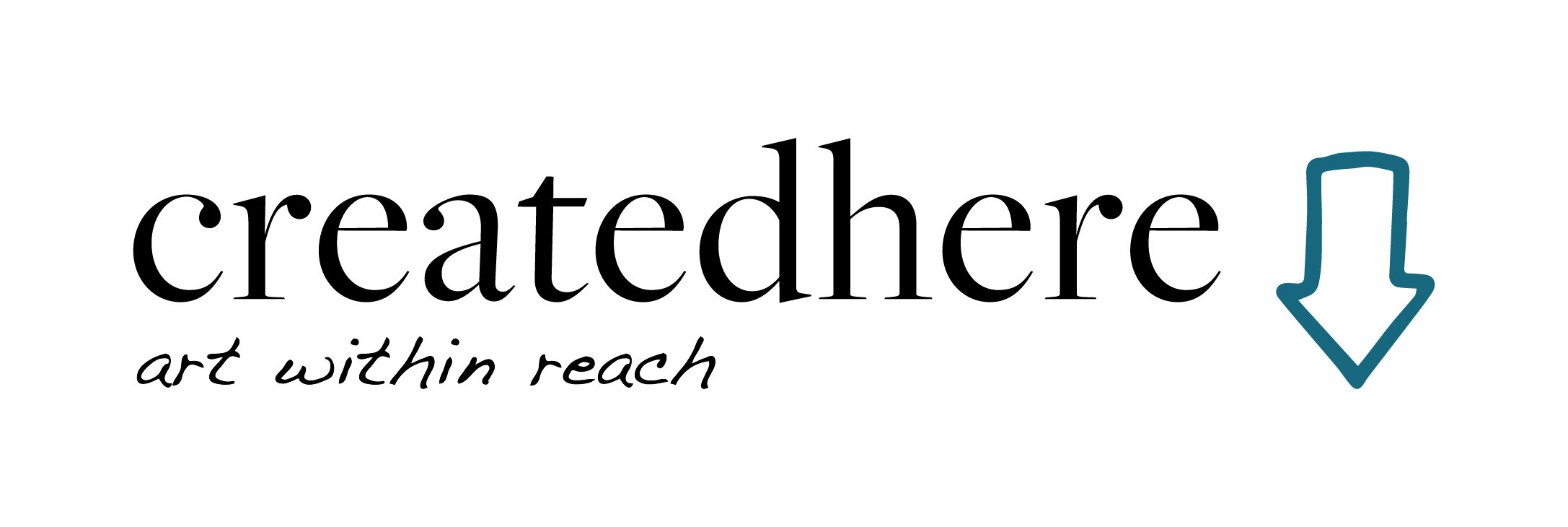[Working Art] Elise Campbell | Kitchen Counter Clothing
The work begins before my hands touch the wool, before the silk is dipped slowly into the dye pot, and before any measurements are taken. It truly begins when that evocative feeling alights deep inside – a sparkling new idea – usually revealing itself just as I close my eyes to sleep.
I always have a journal and pen next to my bed so when creativity beckons, I can jot down my notes. Sometimes it’s a sketch with a design idea, sometimes it’s a combination of colours, it could even be a series of pieces that connect me somehow to my roots, either historically or naturally to the world in which I live. That is the beginning.
Having been at home since mid-March my laundry line is all comfy pants and black-and-white dress tops (online classroom dress code). I find myself craving colour and style. Craving creativity. Lucky for me, I was recently selected to receive a scholarship for fibre artist Fiona Duthie’s online workshop Felted Garments.
And so, the work begins.
Structure, fit, and design.
In delicate, wispy tufts I lay out the fine merino wool. Having recently visited Cape Breton for the first time, I fell madly for the rich red sand of Inverness Beach, the smooth stones and flotsam scattered wildly along the shore by the rich, dark and deep blue Atlantic Ocean. This is my inspiration. A divine memory, recalled through photographs, sustained through fibre into fabric. The ever-changing coastline wrapping my body in a delicious and bold hug. Like the waves on the shore, this piece can be worn in a variety of ways, to suit the mood or scene.
A full layer of silk fabric gives the garment structural integrity. I measure my body and cut the silk. It’s lightweight, lustrous and white as snow. For my first project, the vest, I leave the silk white, creating almost indiscernible white-cap ruffles throughout the “ocean” and along the edge. But for my next garment, the capelet, I feel that internal burst that calls out for creative colour work.
Elise Campbell’s work-in-progress “capelet.”
Soaking the silk in a vinegar/water solution prepares the fabric to readily accept dye. Working with a 250cm × 45cm length of wet fine fabric is much easier in theory. In practice, working in my small kitchen, the silk clings together, heavy and draping in clumps when you pull it from the pre-soak bath. There is relief and excitement when I finally find the short edge. Slowly and steadily I dip in the end and watch as the silk readily absorbs the deep purple, as though it’s hungry for colour. And I understand the feeling.
I gradually immerse the rest of the fabric as the colours within the dye are changed from a rich blue to sky blue and into the lightest blue imaginable. The gradient colour change from deep purple to light blue is beautiful enough to wear on its own as a silk scarf (if it weren’t so large)! But it’s only though the felting and fulling of silk with wool that this fabric will have the structural form to become a garment.
There is a playfulness to the pieces I make - vibrant colours, brilliant silk inclusions and interesting forms - but do not let that deceive you: the process is long and trying. I work late into the night once my children are in bed. I must be careful to not rush past the table, a light breeze would displace my delicate wool layout in a cloudy disarray. I have to bend over a table or counter that is never the right height. I can: A) squat low with my feet apart to bend at the knees and not the back, or, B) stand on a stool to bed at the hips and not the back, but still, my back aches. I roll and shape the piece for hours over several days. I second guess my design and colour choices. I fight with my edges - willing them to straighten. I measure and roll and measure and roll over and again, trying on the wet garment and soaking my clothes, hoping for the fit perfect.
And it never is. What I make is not perfect, but it is good. It is strong and beautiful and warm, made with sustainable and renewable resources and it is enough. And a good enough garment is perfect for me.
Elise Campbell
Elise Campbell is an emerging fibre artist living in Nova Scotia getting lost in ocean spray and tiny fungi. She works with wool and other natural fibres to create soft sculptures and wearable art. Elise is constantly learning and growing in the world of felting and enjoys sharing her creations. In 2018 she won Best Emerging Artist for her hat, Flotsam, and People's Choice Award for her Old Growth hat in a juried hat show on the West Coast. You can find her felting at her kitchen counter dreaming of one day owning her own studio.





